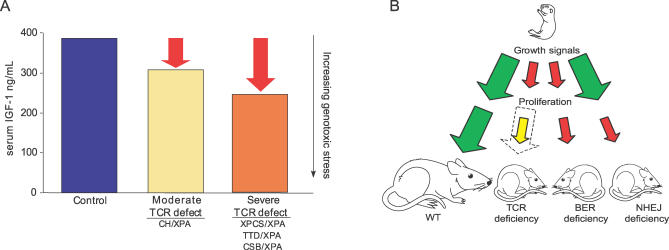Figure 7. Model for GH/IGF-1 Axis and Cell Proliferation Involvement in Segmental Progeroid Genome Instability Disorders.
(A) Inverse correlation between IGF-1 and lifespan in progeroid NER syndrome. Decreased IGF-1 signaling usually correlates positively with increased longevity; in XPD/XPA mutants lower serum IGF-1 (y-axis on the left) instead correlates inversely with lifespan. To explain this apparent paradox, we interpret serum IGF-1 levels as indicative of the magnitude of the perceived genotoxic stress (red arrows, y-axis on the right). This genotoxic stress may overrule the efficacy of reduced IGF-1 in XPCS/XPA and TTD/XPA animals, while in CH/XPA animals compound heterozygosity partially complements the defect, relieving genotoxic stress and reducing the corresponding stress response.
(B) Model for the differential contribution of cell-autonomous proliferative defects and systemic growth axis perturbation to progeria in genome instability disorders. Growth signals from the GH/IGF-1 somatotropic axis are dampened in progeroid NER syndrome (small red arrow), leading to postnatal growth deficiency; cells removed from this environment and provided adequate growth signals proliferate normally (dotted arrow represents WT proliferative capacity). In other segmental progerias, such as SIRT6 deficiency with a reported defect in BER, both appear to be affected. Alternately, cellular proliferation can be affected without apparent involvement of the somatotropic axis as in NHEJ-deficient Ku80−/− mice.

